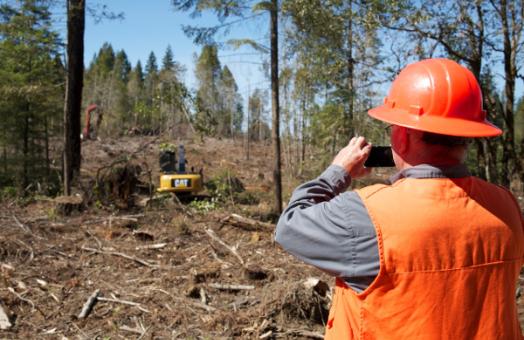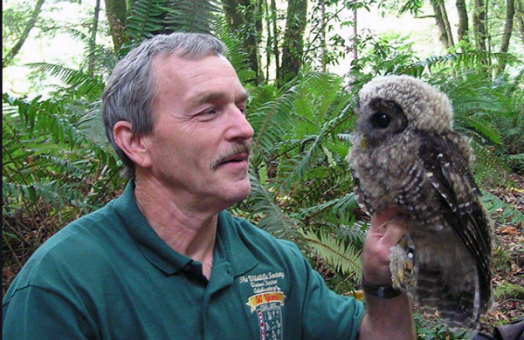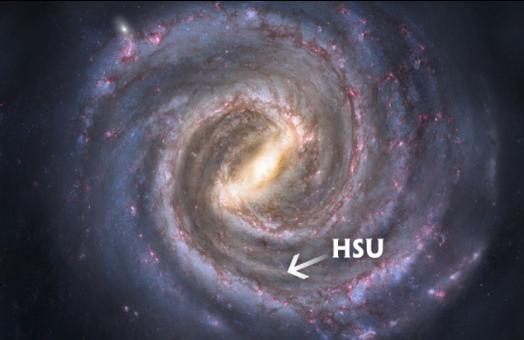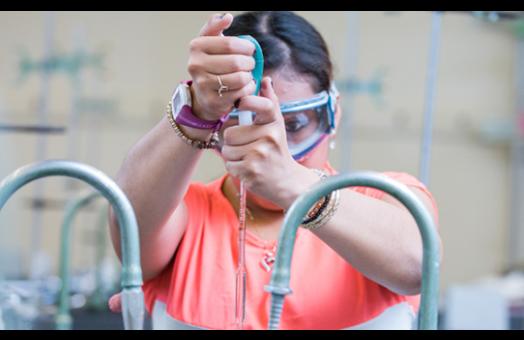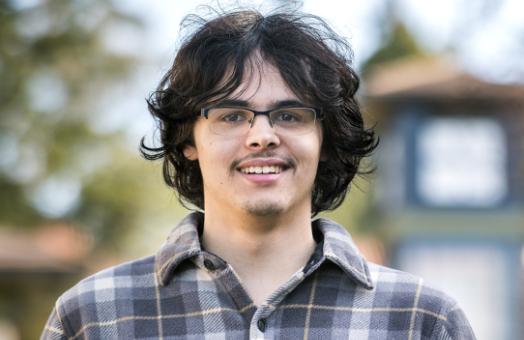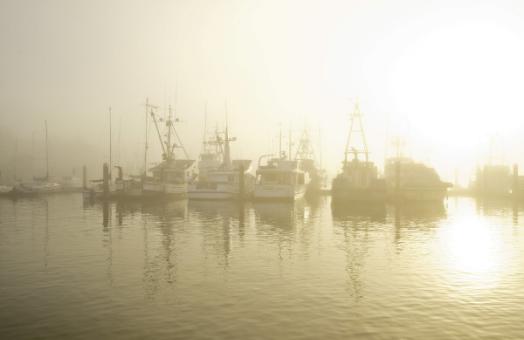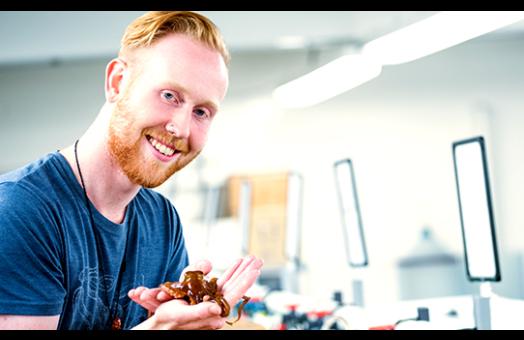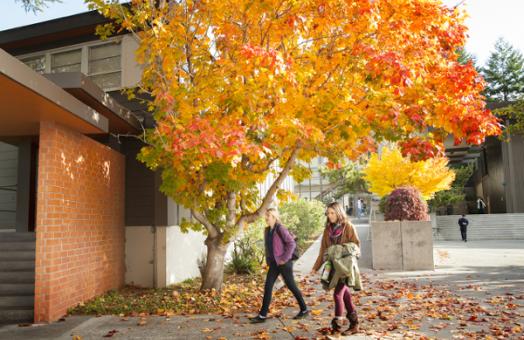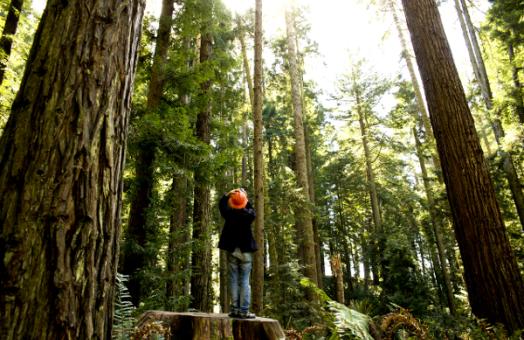A Research Showcase Highlights Underrepresented Undergraduate Students in the Sciences
From aquaponics to zinc oxide nanorods, more than 40 Humboldt State undergraduates from the Indian Natural Resources, Science and Engineering Program (INRSEP) and the College of Natural Resources and Sciences will share a wide range of research projects at an upcoming symposium, on Friday, Oct. 13.
